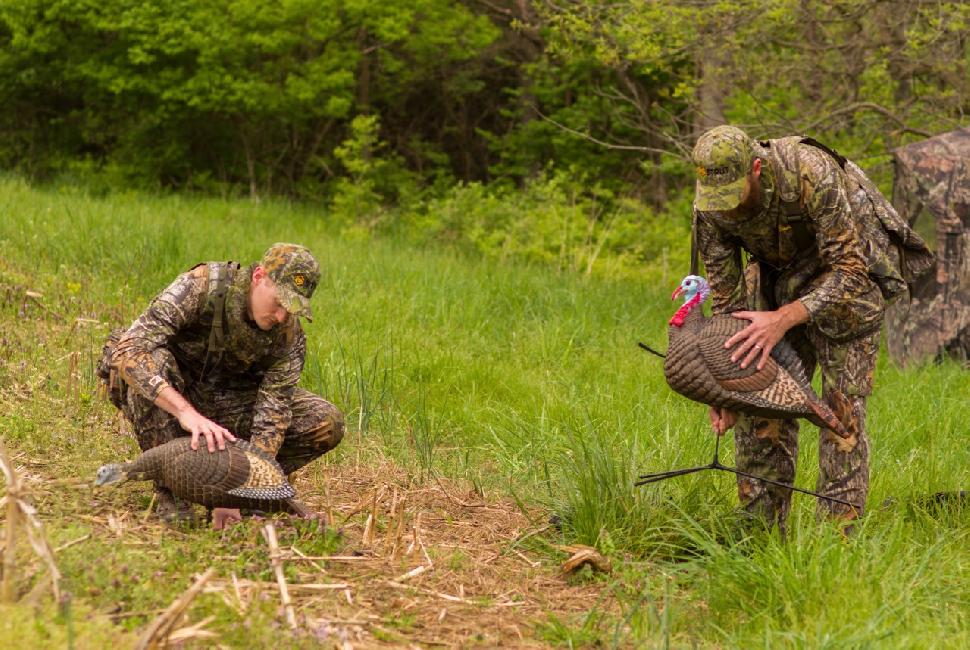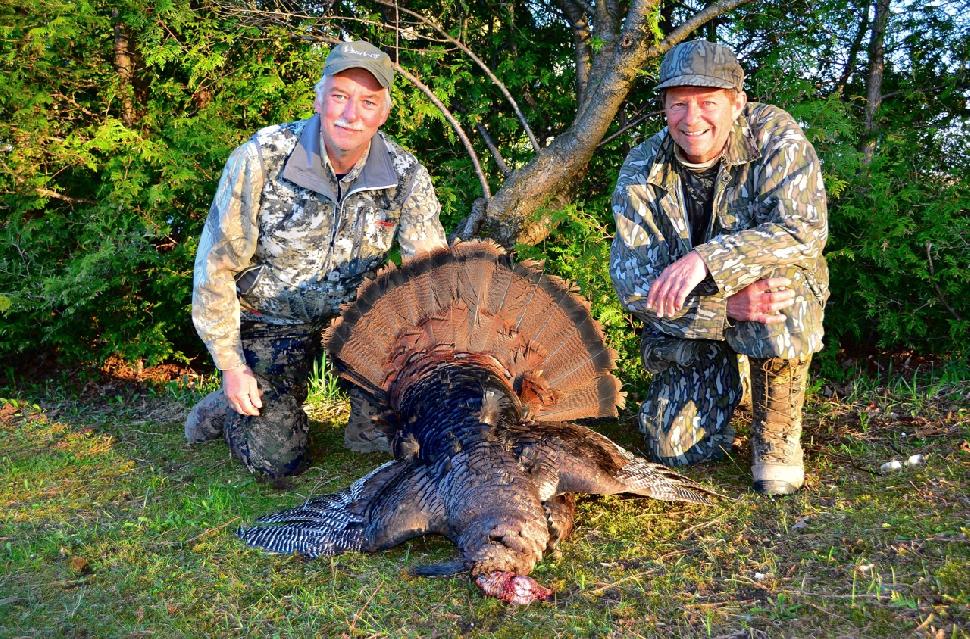THE GREENHORN GOBBLER GUID
A turkey tenderfoot’s take on how to topple a tricky tom (or not)
Advertisement

Lesson #1: Decoying
There’s no shortage of quality decoys, from ultra-realistic hard-bodied models to collapsible foam bodies, in everything from full-strut toms to submissive hens. And for each there’s a strategy for when, where and how to best use them. At the end of the day, however, the easiest toms to fool are those that aren’t already with a receptive hen. That means almost any decoy or combination of decoys can, under the right conditions, lure in a lustful, curious or aggressive tom to within shooting range.
I’ve sat over every imaginable decoy combination during my short turkey-hunting career, including a hen decoy painted white under the notion the strange coloration would represent a weak, vulnerable, submissive hen, an obvious and easy mark for a lurking tom. Rather than draw in birds, however, I believe a decoy’s most important function is to hold the attention of closing toms, keeping them from focusing on you as you sit in wait. That makes decoy placement critical to success. Ensure you evaluate the landscape and place your decoys where they can best be seen from wherever you believe a tom will approach, without you being in the direct line of the bird’s sight.
Advertisement
A viable alternative to decoying is to use no decoy at all. Tim often hunts without them, forcing gobblers to search for the source of the calls that have attracted them. Without decoys, superb concealment for the hunter is essential, but Tim has used this tactic successfully on many occasions. Much like white-tailed bucks succumbing to rattling or calls, toms on the prowl for hens are often betrayed by their own lust and curiosity.

